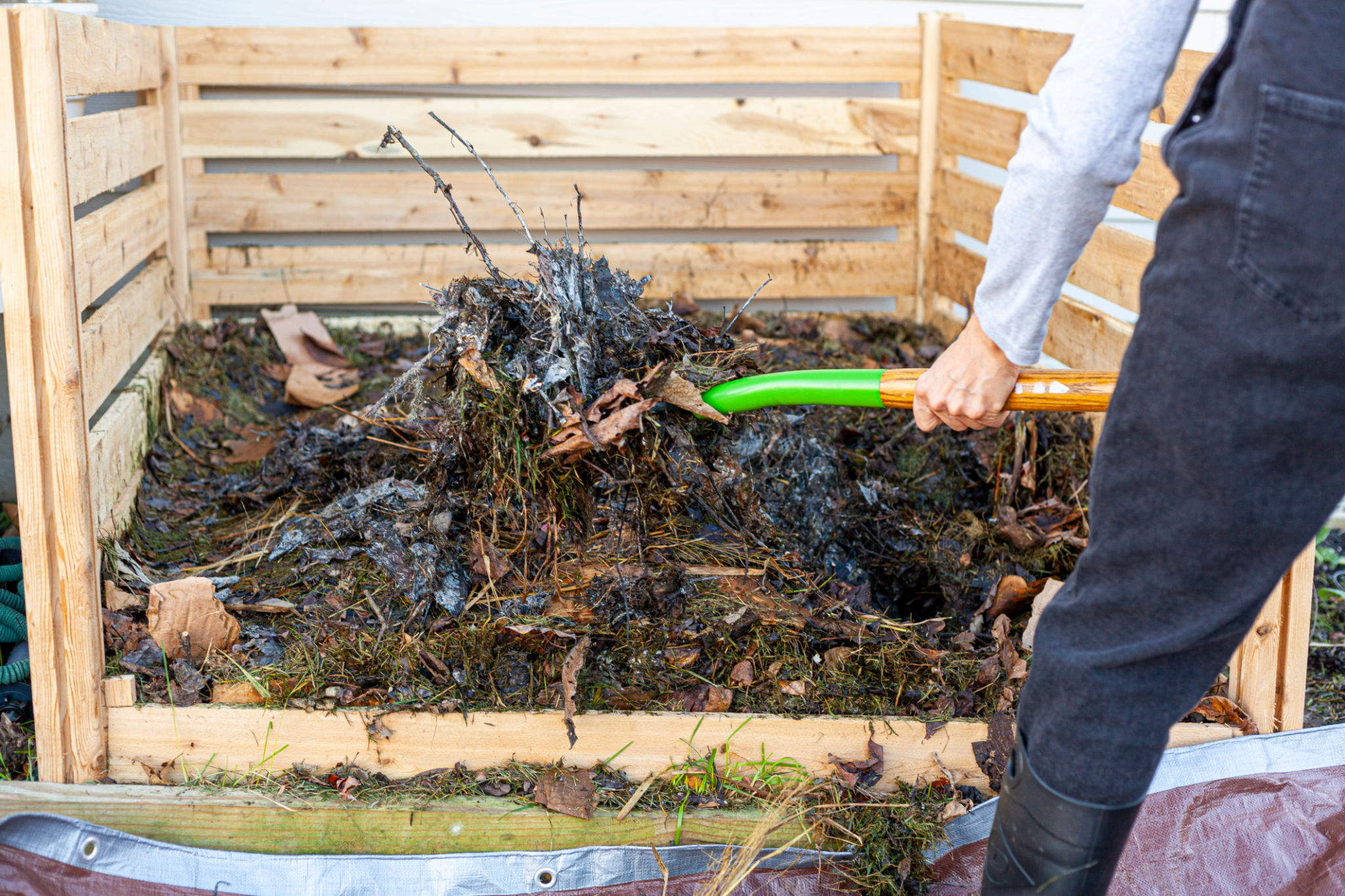Summer Maintenance Tips for Thriving Food Forests
Understanding Your Food Forest's Needs
Summer is a crucial period for maintaining a thriving food forest. As temperatures rise and days grow longer, understanding the specific needs of your ecosystem becomes essential. Each plant species in your food forest may have different requirements for sunlight, water, and nutrients during this season. By acknowledging these needs, you can ensure a balanced environment that promotes growth and productivity.
During summer, it's important to monitor the microclimates within your food forest. Certain areas might receive more sun exposure than others, affecting the moisture levels in the soil. Observing these patterns allows you to adjust your maintenance routine accordingly, ensuring that each plant receives adequate care.

Irrigation Strategies for Hot Weather
Water management is key to maintaining a healthy food forest during the summer months. Implementing effective irrigation strategies can help conserve water while providing sufficient moisture to your plants. One popular method is drip irrigation, which delivers water directly to the roots, minimizing evaporation and ensuring efficient use of resources.
Mulching is another valuable technique to retain soil moisture. By covering the ground with organic materials like straw or wood chips, you can reduce water evaporation and keep the soil temperature stable. This not only benefits your plants but also aids in suppressing weeds that compete for nutrients and water.
Nutrient Management for Optimal Growth
Feeding your food forest with the right nutrients during summer is crucial for optimal growth. As plants enter a phase of vigorous development, they require more energy to produce fruits and foliage. Incorporating compost or organic fertilizers into your maintenance routine will supply essential nutrients without harming the environment.

Conducting a soil test can help you identify any nutrient deficiencies that need addressing. Based on the results, you can tailor your fertilization approach to meet the specific needs of your plants. Regularly amending the soil not only boosts plant health but also enhances the overall resilience of your food forest.
Pest and Disease Management
Summer can also bring an increase in pest activity and disease presence in your food forest. Implementing integrated pest management (IPM) practices is a sustainable way to control these issues without relying heavily on chemical solutions. Encourage beneficial insects like ladybugs and lacewings by planting companion species that attract them.
Regularly inspect your plants for signs of pests or diseases, such as discolored leaves or unusual growth patterns. Early detection is key to managing these problems effectively. Removing infected plant material and applying organic treatments can help keep your food forest healthy and productive.

Pruning for Health and Productivity
Pruning is an essential practice in maintaining the health and productivity of your food forest during summer. By removing dead or overcrowded branches, you improve air circulation and light penetration, which are vital for plant health. Pruning also helps direct the plant's energy towards fruit production rather than excessive foliage growth.
When pruning, it's important to use clean, sharp tools to prevent damage and disease spread. Focus on removing damaged or diseased branches first, then shape the plants as needed to maintain their structure and support optimal growth.
Conclusion: Nurturing a Resilient Ecosystem
A thriving food forest requires careful attention and adaptation to seasonal changes. By implementing these summer maintenance tips, you can create a resilient ecosystem capable of withstanding environmental challenges while providing an abundance of food and resources.
Remember that each action taken contributes to the long-term health of your food forest. Whether it's managing water effectively, ensuring nutrient availability, or controlling pests naturally, every effort plays a critical role in nurturing a sustainable and productive environment.
